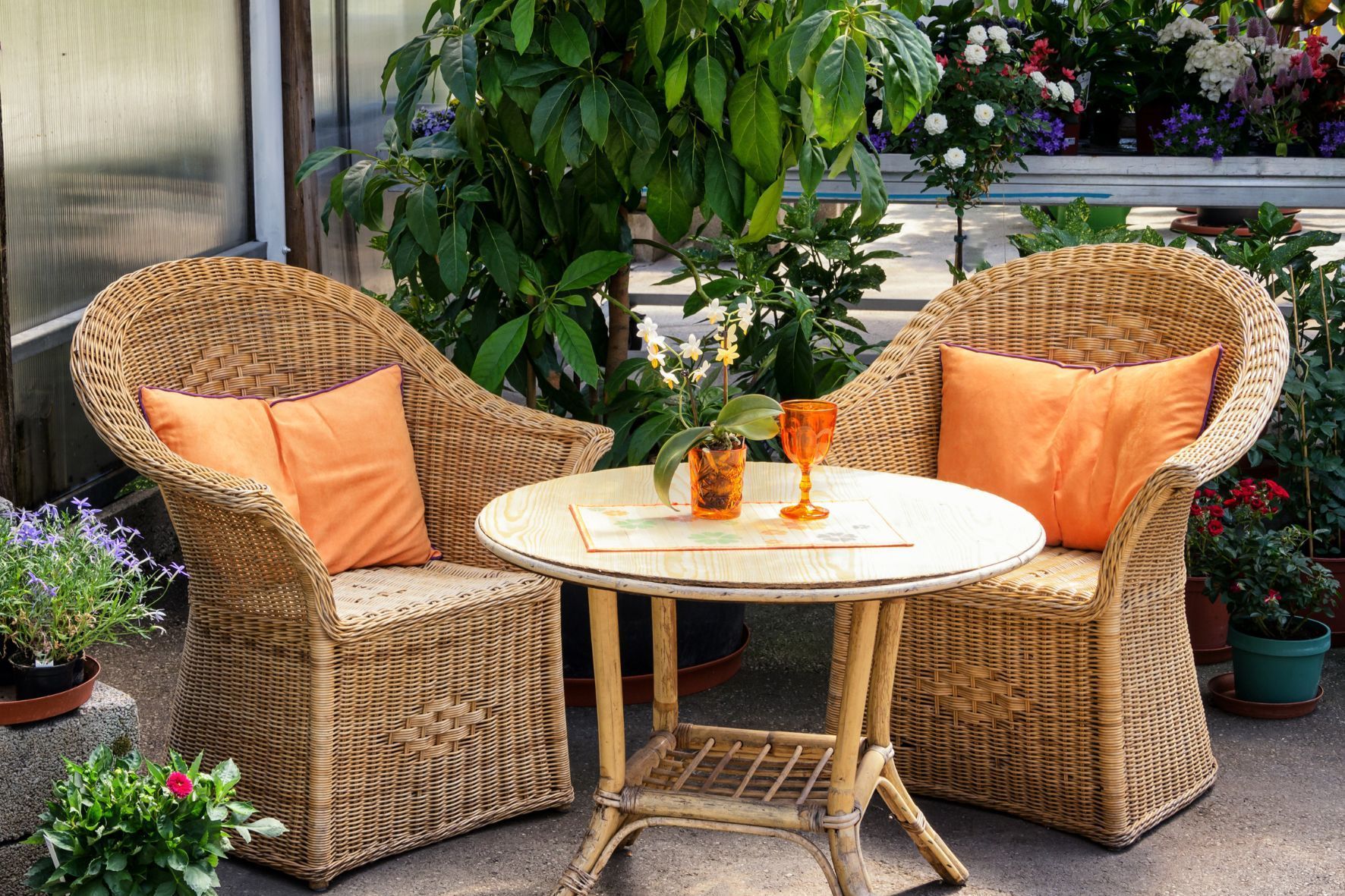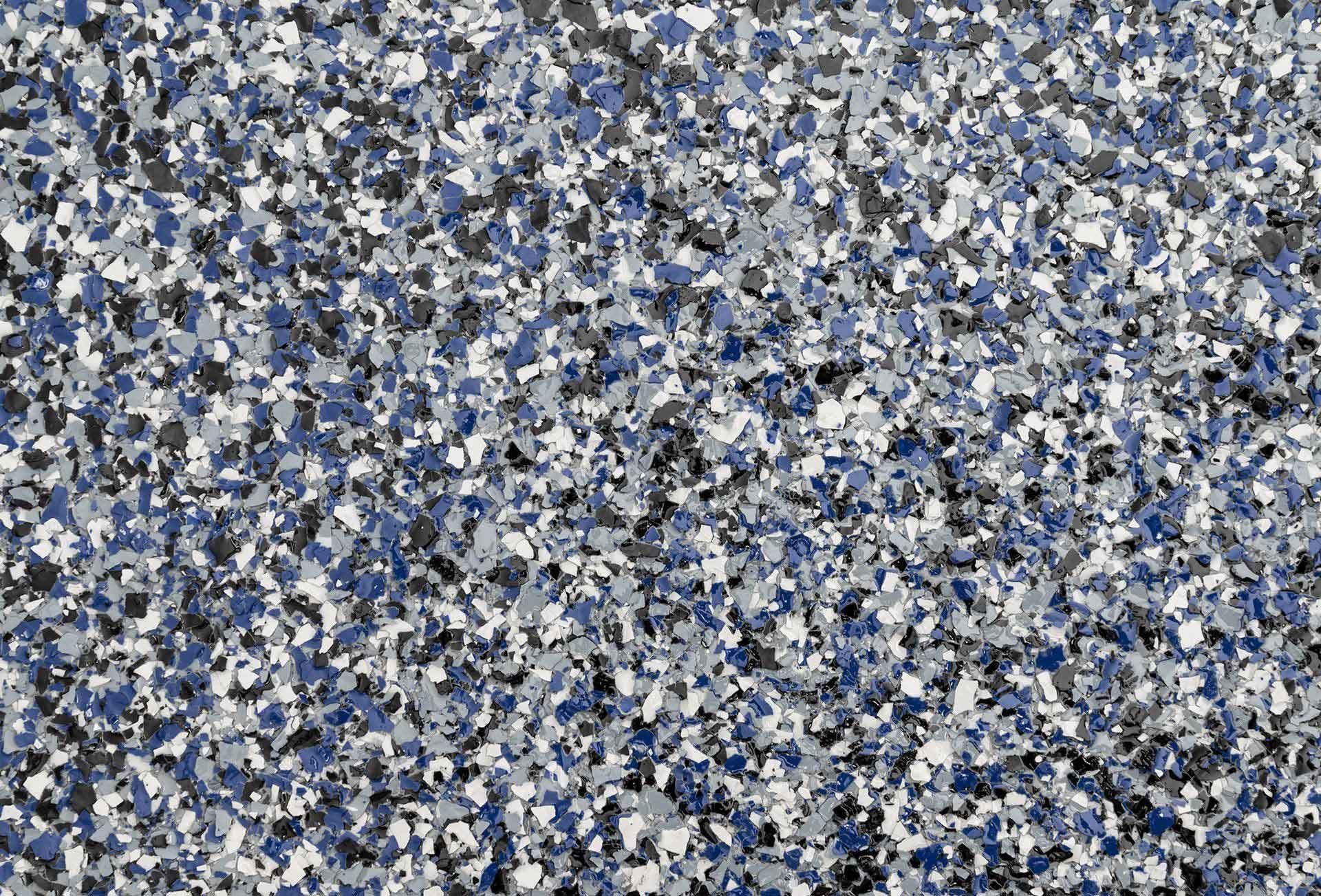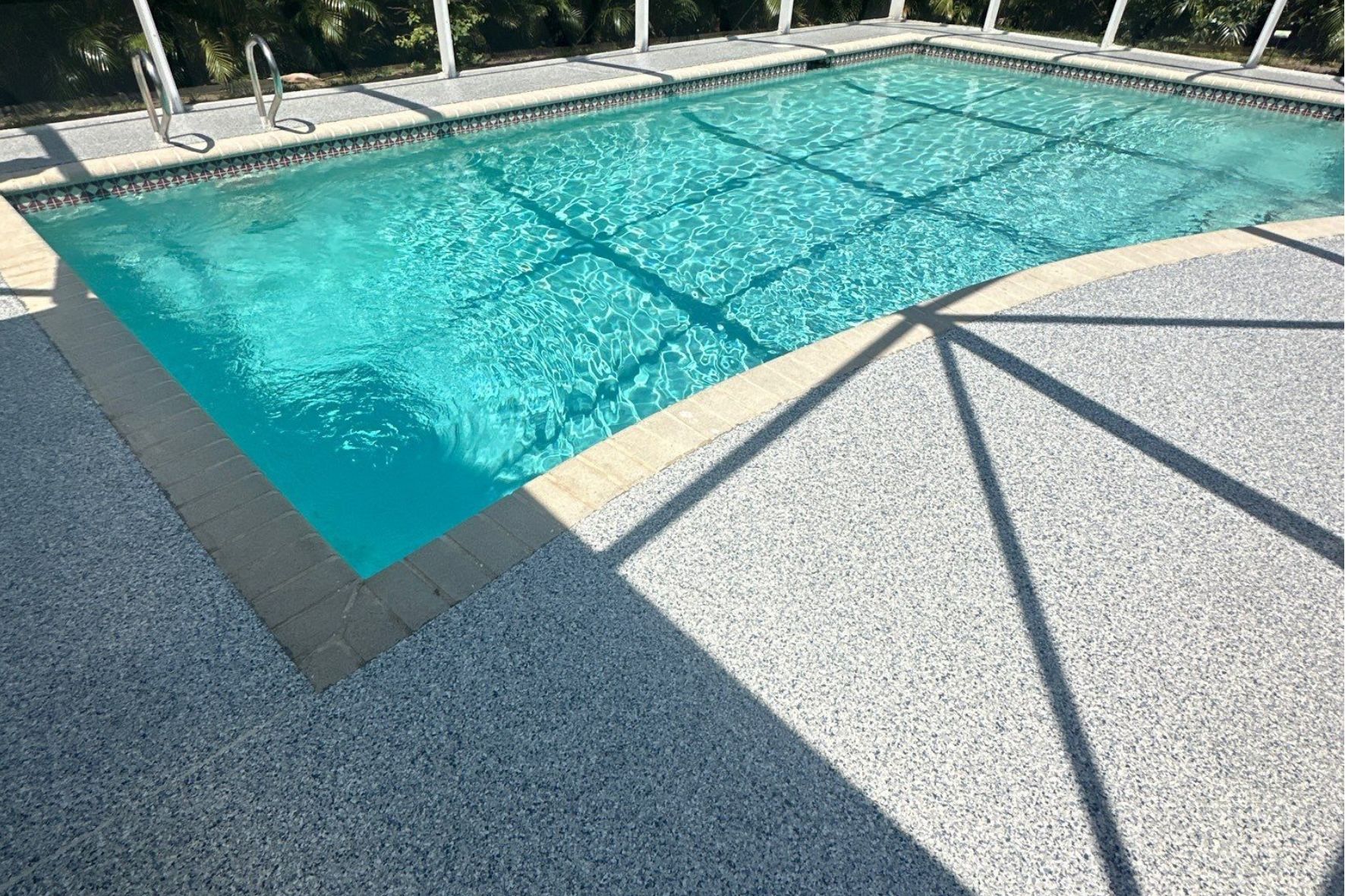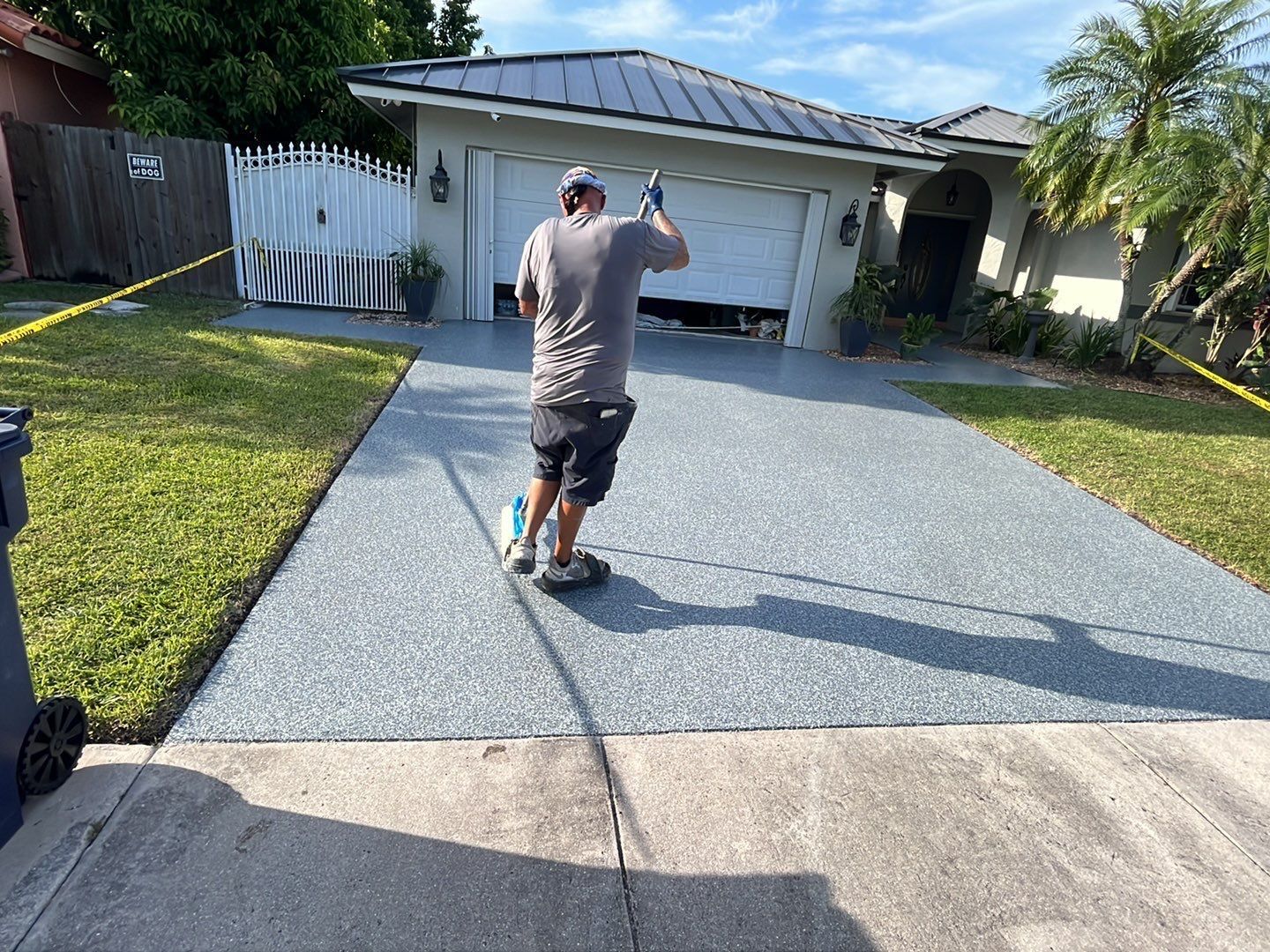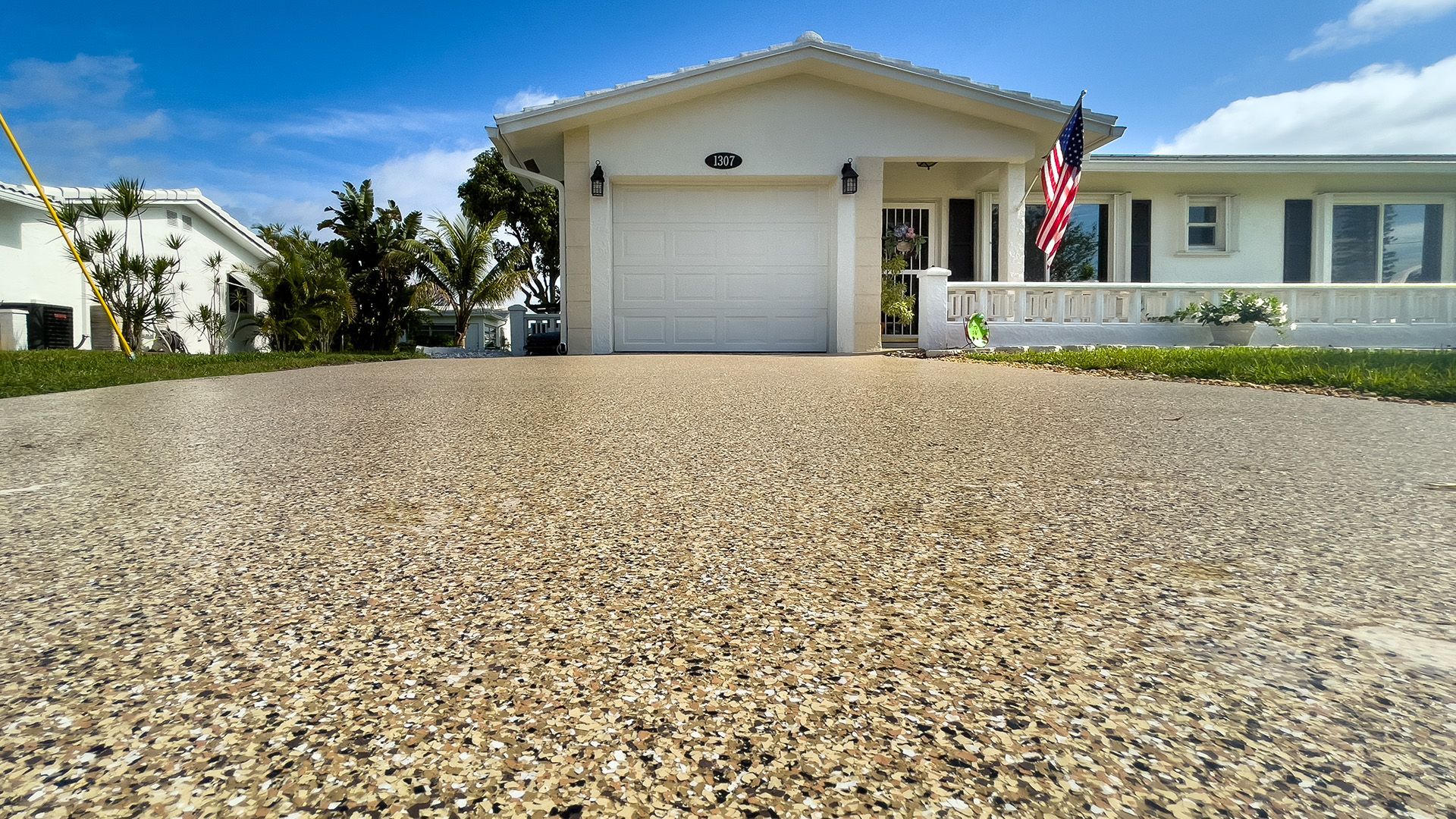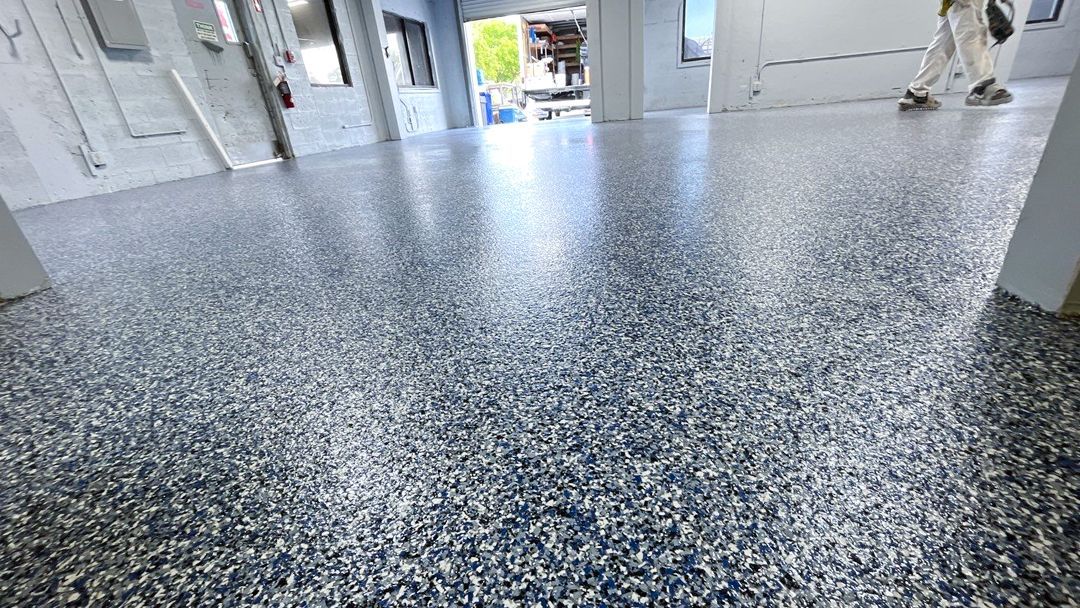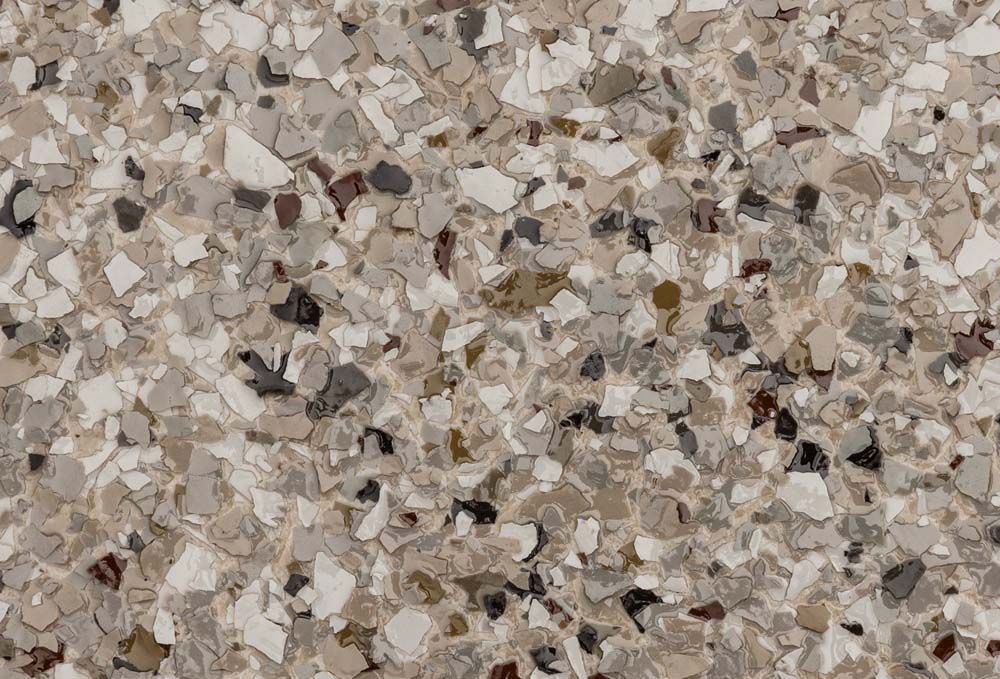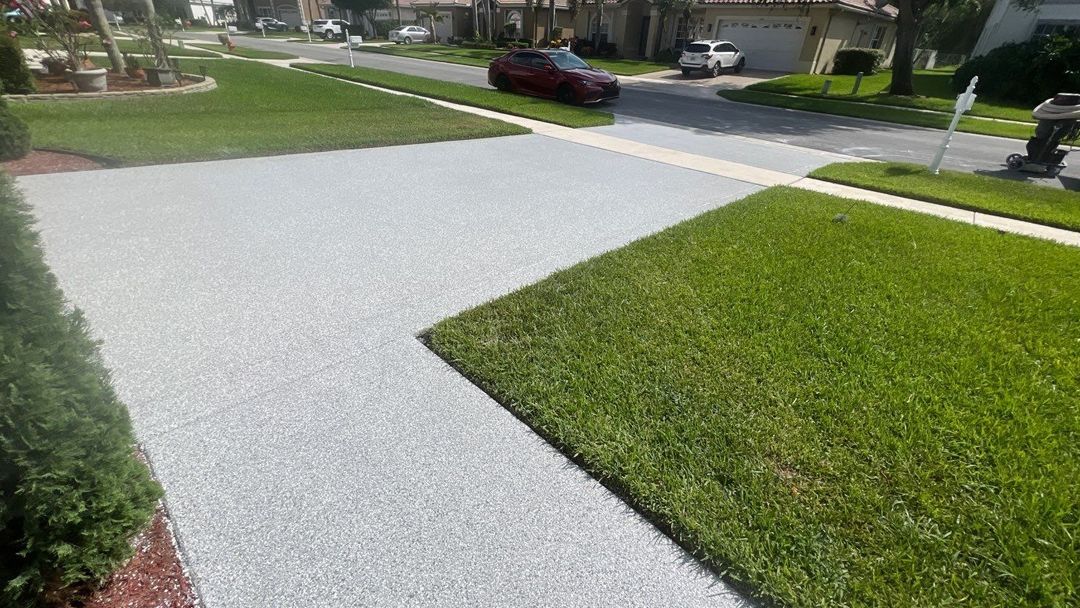Flooring for Allergies: Hypoallergenic Options for a Healthier Home
The Hidden Culprit Behind Your Allergies: Dust Mites and How Polyurea Flooring Can Help
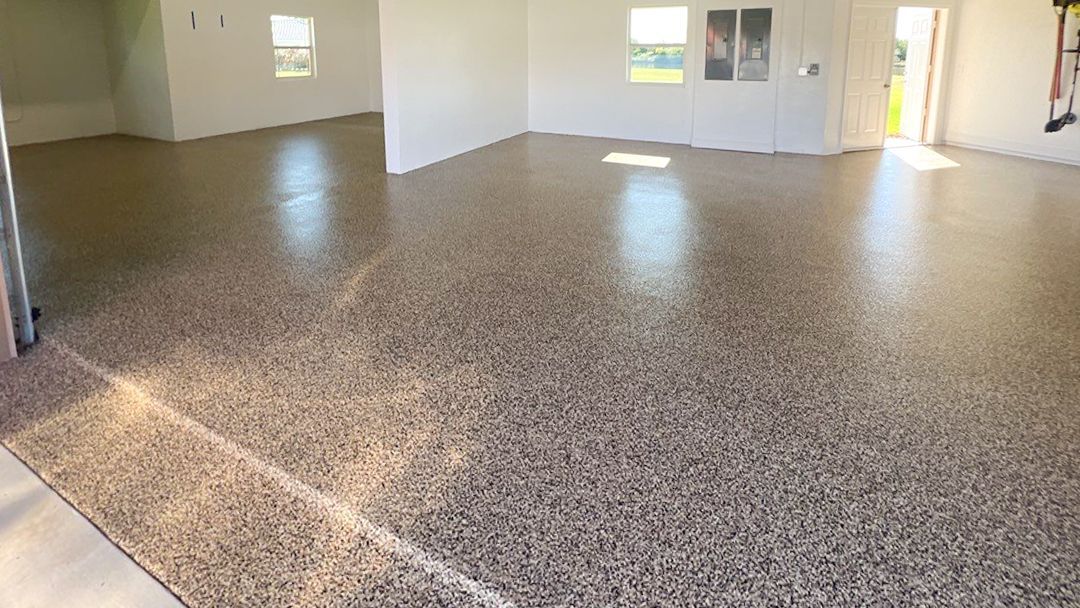
Sneezing, runny nose, itchy and watery eyes — these symptoms are typically attributed to allergies. When these symptoms appear outside of the usual allergy season, many people presume a cold is coming on. However, what if those symptoms persist without relief? The culprit might not be seasonal allergens or a common cold, but an allergic reaction to dust mites.
Dust mites are microscopic creatures living in the common, everyday dust found in homes and workplaces. Much of this dust comprises flakes of old skin that have fallen off residents and employees. Over time, many people develop an allergy to dust mites, ranging from mild to severe. These tiny creatures find sanctuary in cracks and carpet fibers, thriving in environments that provide ample hiding spots and food sources. The best way to manage them is through regular professional cleaning, including rigorous vacuuming and consistent maintenance.
When Dust Mites “Go to Ground”
While replacing your entire carpet might seem like a definitive solution to eliminate dust mites, it's not always foolproof. Dust mites are incredibly resilient and can quickly recolonize new carpets. Although removing the carpet entirely is sometimes the best option, there are other flooring alternatives to consider.
Tile Floors
Tile floors, while generally easier to clean than carpets, can develop grout problems such as mold and mildew. These issues are another common cause of respiratory problems and allergies. Mold spores can easily become airborne, exacerbating allergic reactions and asthma symptoms.
Wood Floors
Wood flooring, although aesthetically pleasing, also offers cracks and crevices where dust mites can hide. Over time, these hiding spots can accumulate dust and allergens, contributing to indoor air quality issues.
Concrete Floors
Concrete, although less porous than other flooring options, still has seams and imperfections where dust mites can find refuge. Untreated concrete can harbor allergens, making it less than ideal for individuals with allergies.
The Polyurea Solution: Sealing Out Dust Mites
Polyurea flooring provides an innovative solution to the problem of dust mites. By improving concrete with polyurea treatments, you effectively seal off any imperfections and pores in the concrete surface. Polyurea creates a solid, impermeable layer that prevents dust mites from finding hiding places, thus reducing their numbers and impact on your indoor air quality.
Polyurea flooring treatments involve applying a polyurethane matrix that fills in and covers all potential dust mite habitats within the concrete. This barrier is not only effective against dust mites but also against other common allergens such as mold, mildew, and pet dander. By choosing polyurea flooring, you give your allergies a much-needed respite, providing a cleaner, healthier living environment.
Addressing Other Allergens: Mold, Mildew, and Pet Dander
Dust mites are not the only causes of allergies. Mold, mildew, and pet dander are also significant contributors to indoor air quality issues. Polyurea flooring resists mold and mildew formation due to its non-porous surface, which does not retain moisture. This property makes it difficult for mold and mildew to grow, thereby reducing the risk of respiratory problems associated with these allergens.
Pet dander, another common allergen, tends to get trapped in carpet fibers and cracks in wood floors. With polyurea flooring, pet dander can be easily swept or mopped up, ensuring a cleaner environment for allergy sufferers. The smooth, seamless surface of polyurea flooring does not allow allergens to accumulate, making it an ideal choice for homes with pets.
Other Benefits of Polyurea Flooring
Beyond its allergy-reducing properties, polyurea flooring offers several additional benefits that make it a practical and attractive choice for both residential and commercial spaces.
- Easy Maintenance: Polyurea flooring requires minimal effort to maintain. A scrubber or damp mop is usually sufficient for cleaning, making it a cost-effective option for public areas, schools, and businesses. The ease of maintenance also means that the floor can be kept hygienic with less effort, reducing the buildup of allergens and contaminants.
- Barrier Protection: Polyurea flooring provides a protective barrier for your concrete surfaces. It repels liquid, allowing for quick and thorough cleanups. This resistance to moisture prevents the growth of mold and mildew, further enhancing the indoor air quality.
- Durability: Polyurea floors are incredibly durable and resistant to gouges, scratches, and heavy impacts. Their robust nature makes them suitable for high-traffic areas, ensuring a long-lasting, low-maintenance flooring solution. The resistance to physical damage means fewer opportunities for dust mites and other allergens to find hiding spots.
- Aesthetic Versatility: Polyurea flooring offers a variety of colors, textures, patterns, and combinations, limited only by your imagination. Whether you prefer a sleek, modern look or a more decorative style, polyurea flooring can be customized to meet your aesthetic preferences. This versatility allows you to create a unique and attractive space that reflects your personal taste.
- Eco-Friendly Option: Polyurea flooring is an environmentally friendly option, particularly when using existing concrete slabs. By choosing polyurea, you reduce the need for additional materials and resources, making it a sustainable choice. Additionally, polyurea coatings can help improve indoor air quality by reducing the presence of allergens and contaminants.
The Comprehensive Benefits of Polyurea Flooring for Allergy Sufferers
For those who suffer from allergies or have family members or staff with such issues, concrete flooring with a polyurea finish can be a game-changer. Polyurea flooring not only addresses the problem of dust mites but also offers numerous additional benefits that enhance both the functionality and aesthetics of your space.
- Health Benefits: Polyurea flooring contributes to a healthier indoor environment by reducing the presence of allergens. Its non-porous surface prevents the accumulation of dust mites, mold, mildew, and pet dander, providing significant relief for allergy sufferers.
- Cost-Effective Solution: While the initial investment in polyurea flooring might be higher than other flooring options, its long-term benefits make it a cost-effective choice. The durability and low maintenance requirements of polyurea flooring reduce the need for frequent replacements and repairs, saving you money in the long run.
- Enhanced Appearance: The customizable nature of polyurea flooring allows you to achieve a polished and professional look that enhances the overall appearance of your space. Whether you're looking to upgrade your home or improve the aesthetics of a commercial establishment, polyurea flooring offers a versatile solution that meets your needs.
If you suffer from allergies or have family members or staff with such issues, concrete flooring with a polyurea finish might help alleviate any symptoms. Polyurea flooring not only addresses the issue of dust mites but also offers numerous additional benefits, making it a practical and aesthetically pleasing choice for any space.
For more information on Premium Concrete Coatings and polyurea flooring
Contact Us today! Invest in a healthier, more durable flooring solution and enjoy the myriad benefits that polyurea flooring has to offer. With our expertise and commitment to quality, you can trust us to provide the best solution for your flooring needs.
